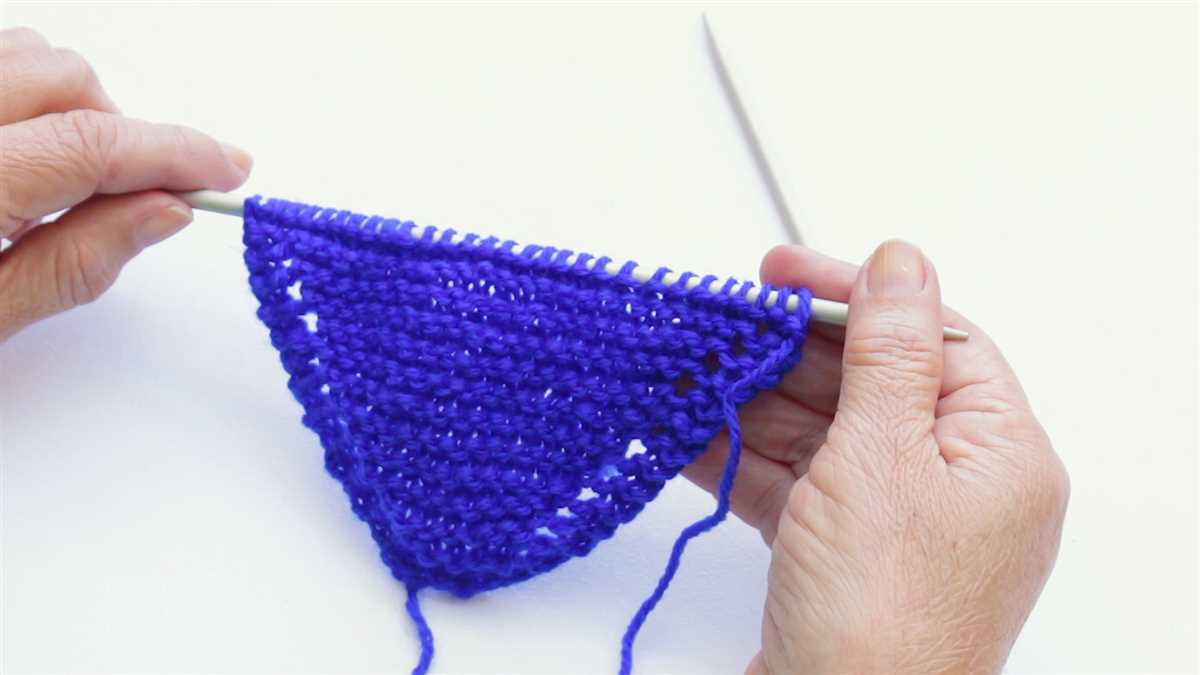
Knitting dishcloths is a fun and practical way to put your knitting skills to use. Whether you’re a beginner or an experienced knitter, dishcloths are a great project to try. They are quick to make and can be a great way to practice new stitches and techniques. Plus, dishcloths make for wonderful handmade gifts for family and friends.
One of the best things about knitting dishcloths is that there are a plethora of free patterns available online. From simple garter stitch dishcloths to more intricate lace patterns, you can find a pattern that suits your skill level and personal style. These patterns often come with detailed instructions and step-by-step photos, making it easy for you to follow along and create beautiful dishcloths.
In this article, we will explore some of the best free patterns for knitting dishcloths. Whether you prefer classic designs, modern geometric patterns, or something whimsical, there is a pattern out there for you. We will also provide tips and tricks to help you get started, including information on yarn choices, needle sizes, and helpful techniques to make your dishcloth knitting experience a success.
So, grab your knitting needles and let’s dive into the world of dishcloth knitting. With the free patterns and tips provided in this article, you’ll be able to create a collection of beautiful and functional dishcloths in no time!
How to Knit Dishcloths: Free Patterns
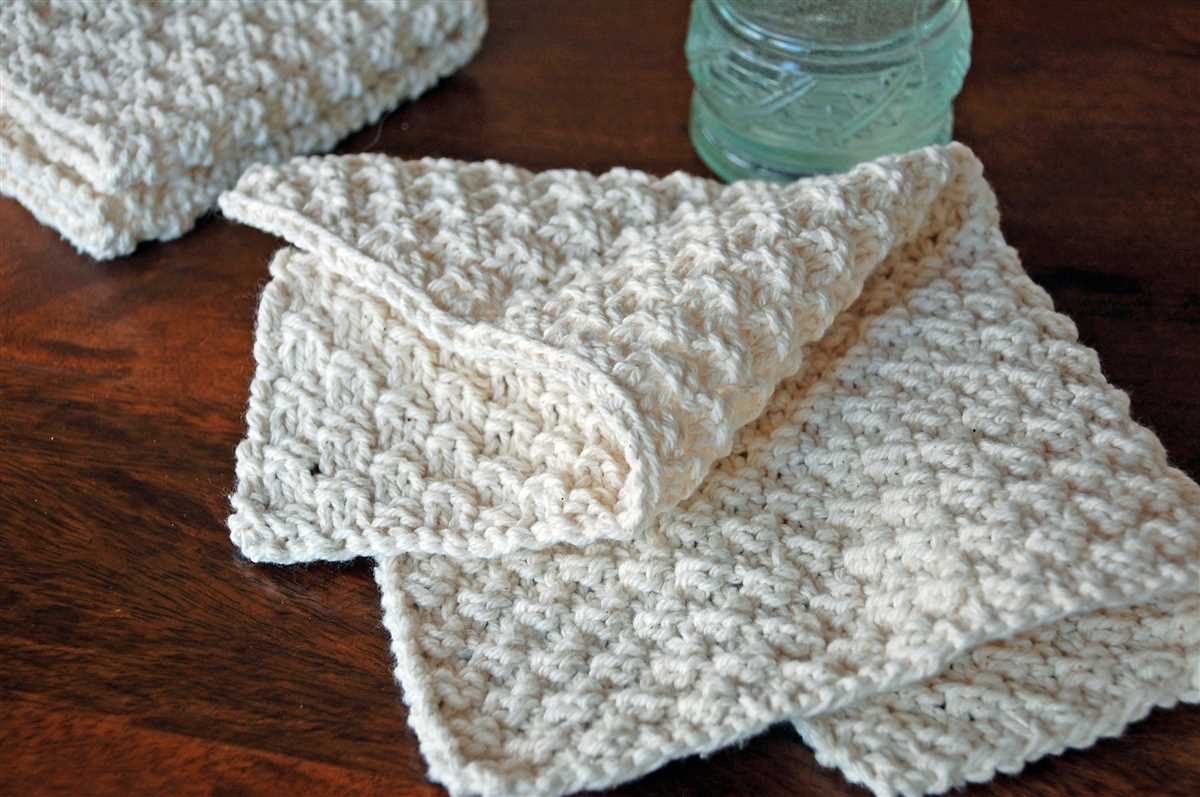
Knitting dishcloths is a popular and practical way to create functional and beautiful items for your kitchen. Whether you are an experienced knitter or just starting out, there are plenty of free patterns available online that can help you create unique and customizable dishcloths.
When looking for free patterns for knitted dishcloths, it is important to consider the level of difficulty and the style of the pattern. Some patterns are more suited for beginners, while others may require more advanced techniques. It is also helpful to read reviews and comments from other knitters who have tried the pattern, as they can provide valuable insights and tips.
Once you have selected a pattern, gather your materials, including knitting needles and cotton yarn, which is often recommended for dishcloths due to its absorbency. The pattern will specify the size of needles and the amount of yarn needed. It is also useful to have a set of stitch markers and a tapestry needle for weaving in the ends.
Begin by casting on the required number of stitches, following the instructions in the pattern. Pay close attention to any special stitches or techniques that may be required. As you knit, keep track of your progress by using stitch markers or simply by counting your stitches after each row.
Once you have completed the pattern, bind off the stitches and weave in any loose ends. Give your dishcloth a gentle blocking by wetting it and shaping it into the desired size and shape. Allow it to dry completely before using or gifting.
Knitting dishcloths can be a relaxing and rewarding hobby, and with a wide variety of free patterns available, you can easily find inspiration for creating your own unique designs. Whether you prefer simple stitches or intricate patterns, knitting dishcloths allows you to showcase your creativity while also adding a personal touch to your kitchen.
Why Choose Dishcloths for Knitting Projects
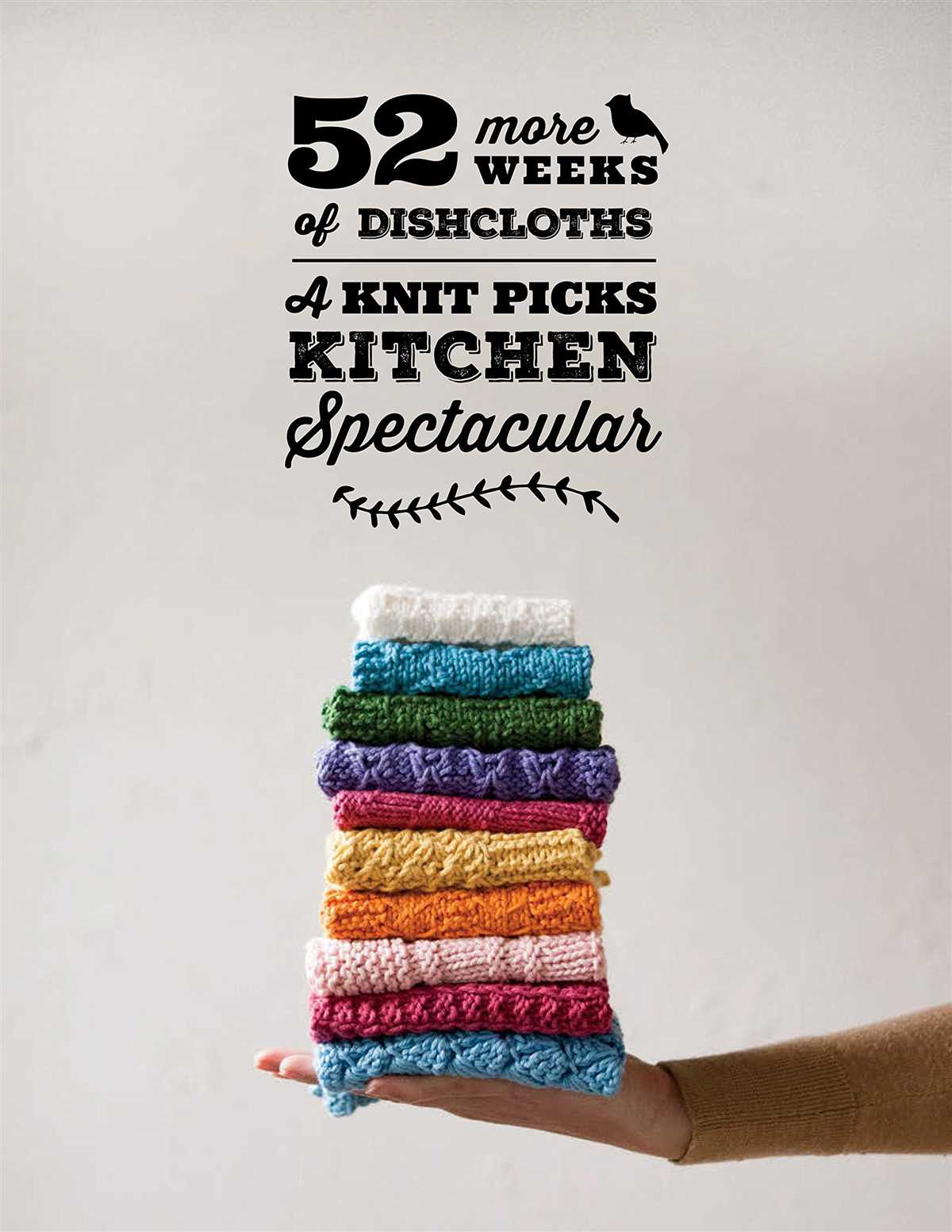
When it comes to knitting projects, dishcloths are a popular choice for many reasons. They are small and quick to knit, making them perfect for beginners or those who want to complete a project in a short amount of time. Dishcloths are also practical and functional, as they can be used for cleaning dishes, countertops, and other surfaces. Plus, they make great gifts for friends and family!
One of the advantages of knitting dishcloths is that they are a great way to practice and improve your knitting skills. The repetitive nature of the pattern allows you to become more comfortable with basic knitting stitches, such as knit and purl. You can also experiment with different stitch patterns and techniques to add variety and interest to your dishcloths.
Knitting dishcloths is also a cost-effective option for those who enjoy knitting. They require only a small amount of yarn, so you can easily use up leftover yarn from other projects. They are also a great way to try out different types of yarn, as you can experiment with different weights, textures, and colors without committing to a larger project.
Another reason to choose dishcloths for knitting projects is that they are versatile. While the main purpose is for cleaning, dishcloths can also be used as coasters, hot pads, or even as washcloths. The possibilities are endless, and you can personalize your dishcloths by choosing patterns that reflect your style and preferences.
In summary, dishcloths are a popular choice for knitting projects due to their practicality, versatility, and ease of knitting. Whether you’re a beginner or an experienced knitter, knitting dishcloths is a great way to practice your skills, use up leftover yarn, and create functional and personalized items.
Essential Supplies for Knitting Dishcloths
When it comes to knitting dishcloths, having the right supplies is essential to ensure a successful and enjoyable knitting experience. Whether you are a beginner or an experienced knitter, here are some essential supplies you will need:
1. Knitting Needles
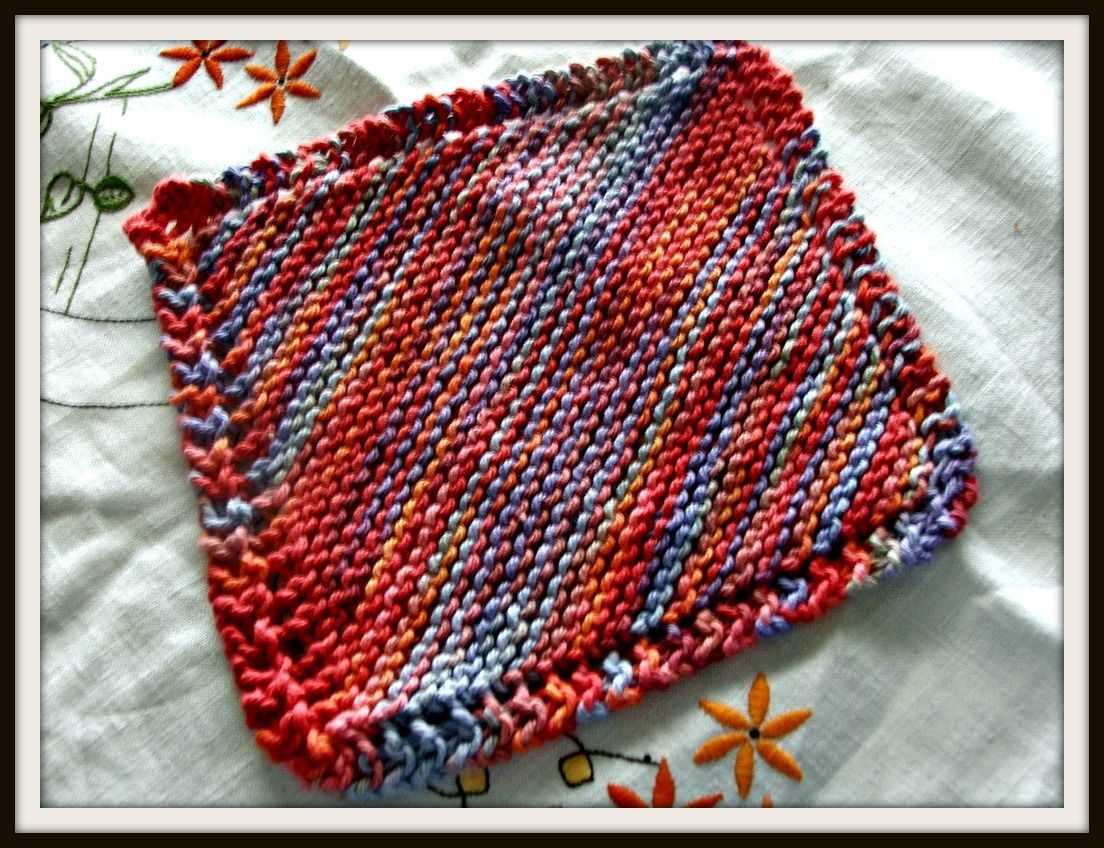
To start knitting dishcloths, you will need a set of knitting needles. The size of the needles will depend on the pattern you are using. Typically, dishcloths are knit with medium-sized needles, such as US size 7 or 8 (4.5 or 5 mm). However, it’s always a good idea to check the recommended needle size in the pattern instructions.
2. Yarn
Another essential supply for knitting dishcloths is yarn. There are various types of yarn that can be used for dishcloths, but cotton yarn is often preferred due to its absorbency and durability. Look for a worsted weight cotton yarn that is suitable for dishcloths. It’s recommended to choose a soft and sturdy yarn that can withstand regular use and washing.
3. Scissors
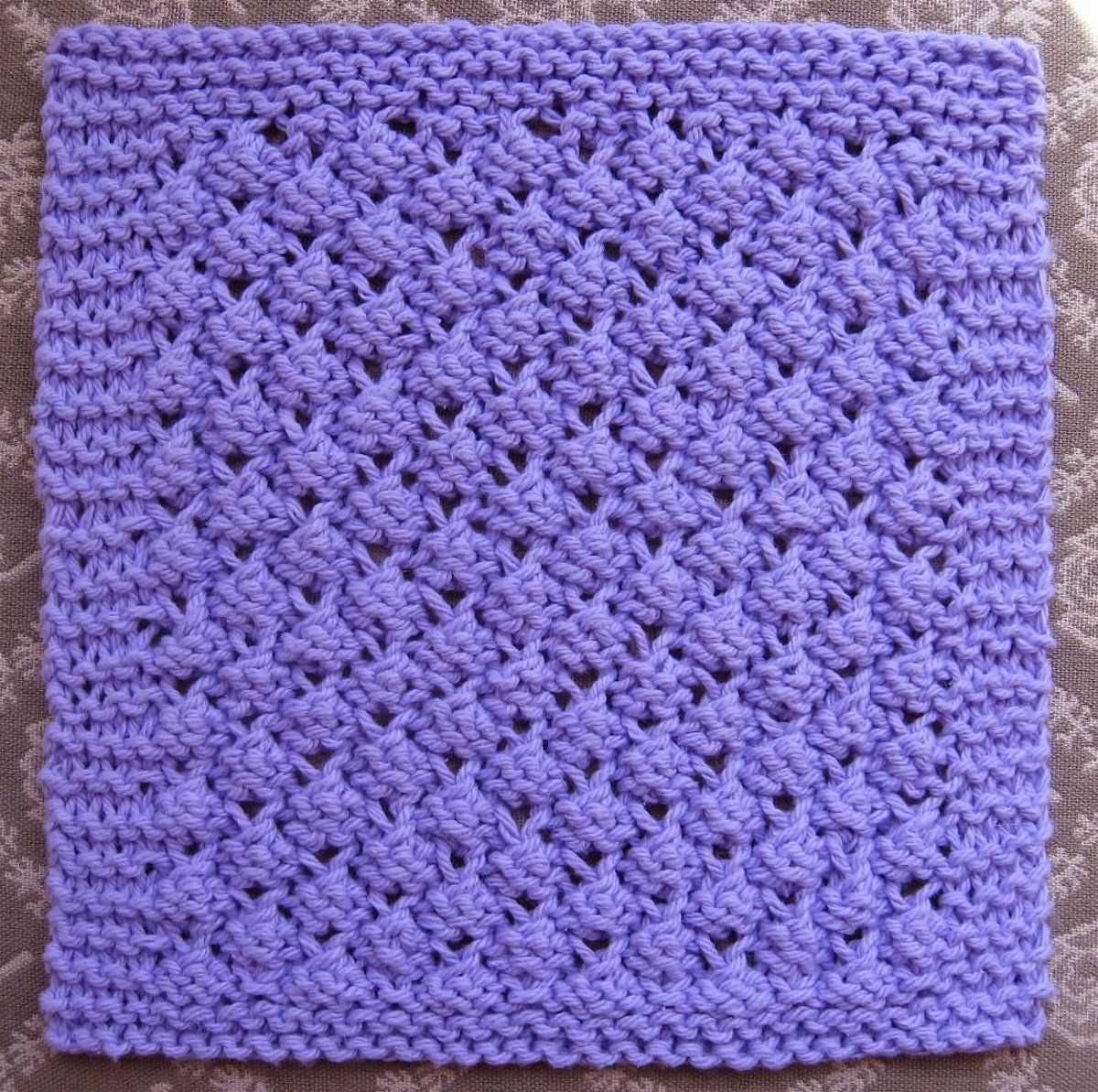
A good pair of scissors is essential for any knitting project, including dishcloths. You will need scissors to cut the yarn when you finish knitting or if you make any mistakes that need to be fixed. Make sure to have a dedicated pair of scissors for your knitting supplies to keep them sharp and in good condition.
4. Stitch Markers
Stitch markers are helpful tools for keeping track of your stitches and marking important points in a pattern. They can be especially useful when knitting dishcloths with complex stitch patterns or when working on multiple projects at the same time. You can use purchased stitch markers or make your own with simple materials like safety pins or small plastic rings.
5. Tapestry Needle
A tapestry needle, also known as a yarn needle or darning needle, is essential for weaving in loose ends and finishing your dishcloth. After you have finished knitting, you will need to use the tapestry needle to thread the ends of yarn through the stitches to secure them and create a neat finish. Choose a needle with a large eye to make threading the yarn easier.
With these essential supplies in hand, you’ll be well-equipped to embark on your knitting journey and create beautiful and practical dishcloths. Enjoy the process of knitting and the satisfaction of using your handmade creations in your kitchen or gifting them to friends and loved ones.
Basic Knitting Stitches for Dishcloths
When it comes to knitting dishcloths, there are a few basic stitches that you will need to know. These stitches will help you create a textured and functional cloth that is perfect for cleaning and scrubbing. Whether you are a beginner knitter or have some experience, mastering these stitches will allow you to create beautiful dishcloths.
Garter Stitch
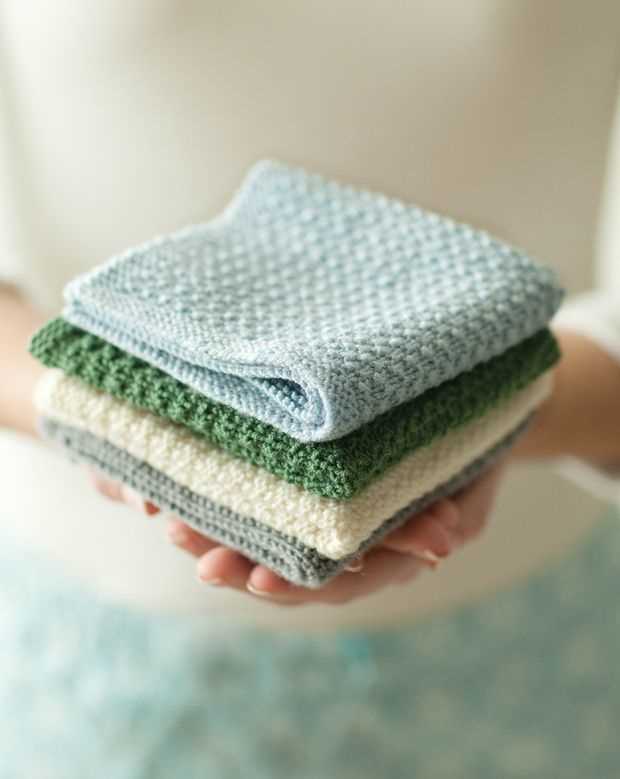
The garter stitch is the simplest and most basic knitting stitch. It is created by knitting every stitch in every row. This stitch creates a flat and even fabric with a bumpy texture. It is perfect for dishcloths as it provides a good amount of scrubbing power.
Stockinette Stitch
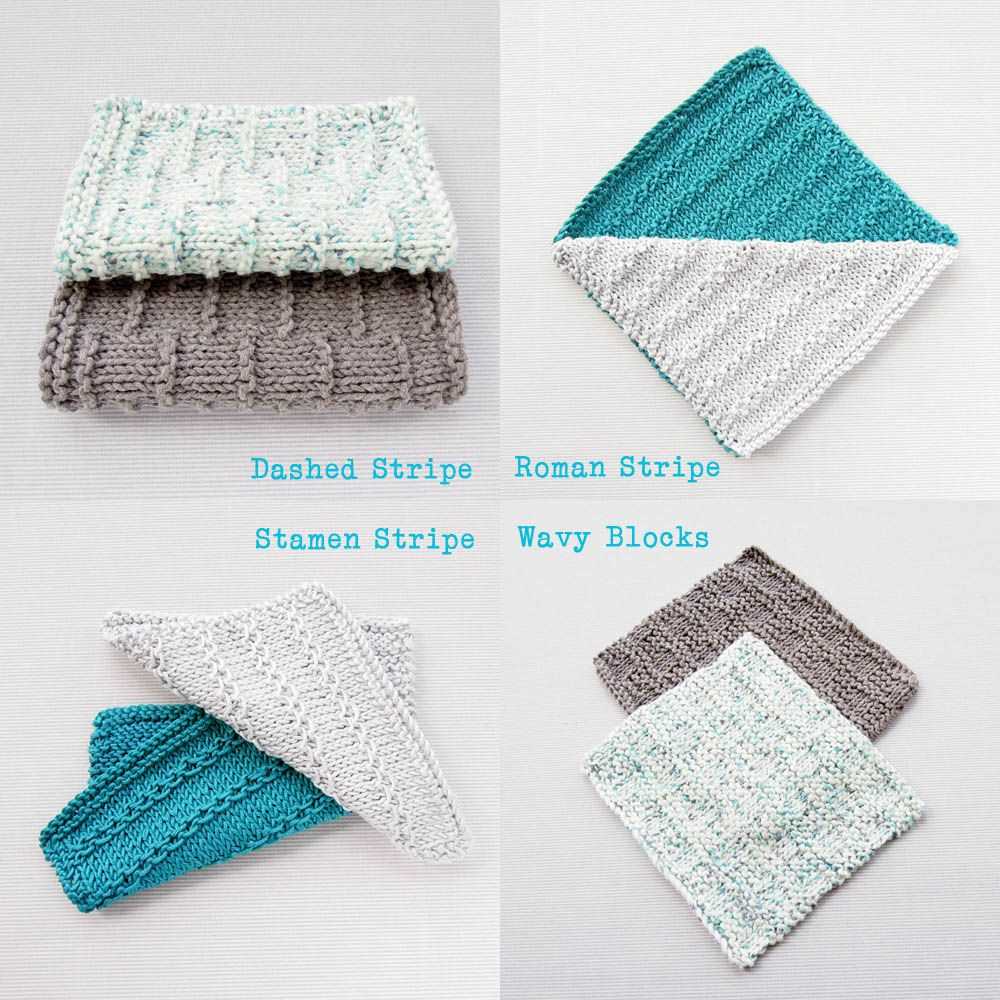
The stockinette stitch is another essential stitch for dishcloths. It is created by knitting one row and then purling the next row. This results in a smooth and flat fabric with a nice drape. The smooth side of the fabric is the right side, which is perfect for displaying intricate patterns or colorwork.
Seed Stitch
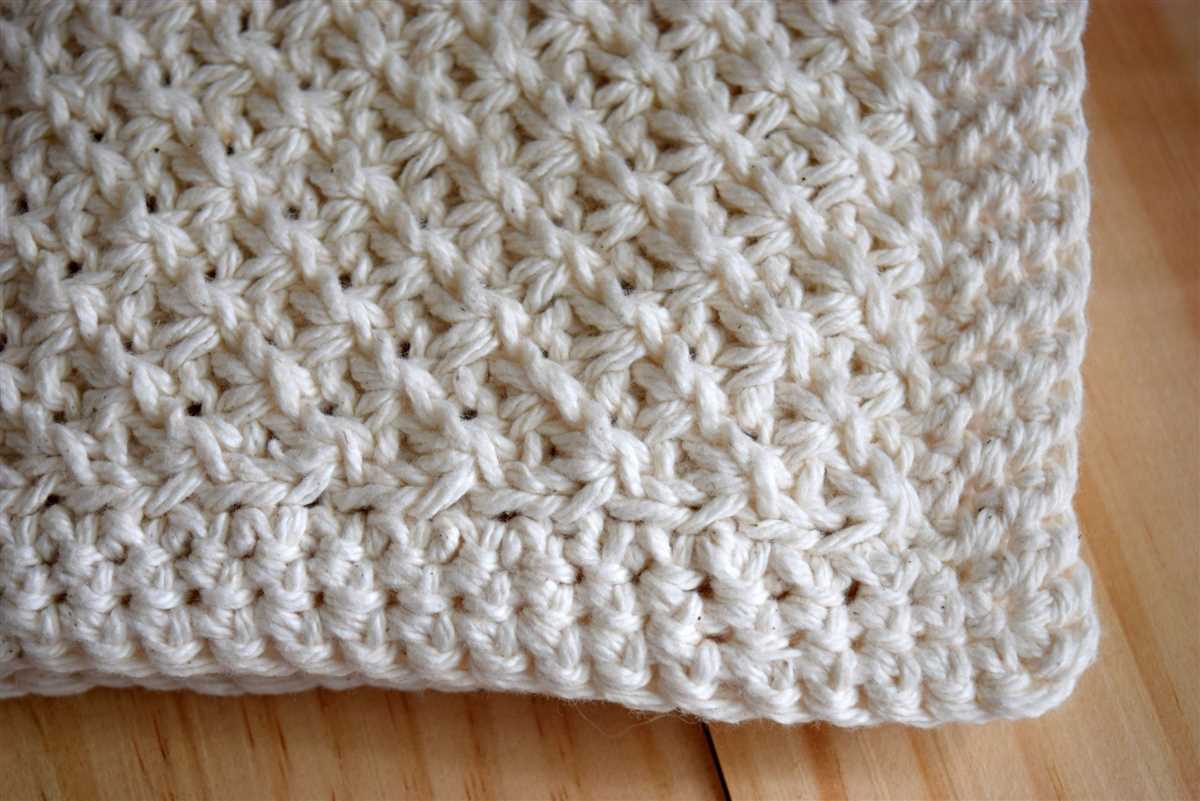
The seed stitch is a textured stitch pattern that is great for adding visual interest to your dishcloths. It is created by alternating between knitting and purling stitches within the same row, and then switching the pattern in the next row. The result is a fabric with a bumpy texture and a nice drape.
Diagonal Stitch
The diagonal stitch is a simple yet effective stitch pattern that creates a diagonal texture on your dishcloth. It is created by knitting and purling stitches in a specific pattern across the rows. This stitch is great for adding some flair to your dishcloths while still maintaining their functionality.
By mastering these basic knitting stitches for dishcloths, you will be able to create a variety of beautiful and functional cloths. Experiment with different stitch patterns and color combinations to create unique and personalized dishcloths that will brighten up your kitchen.
Top Tips for Beginners in Knitting Dishcloths
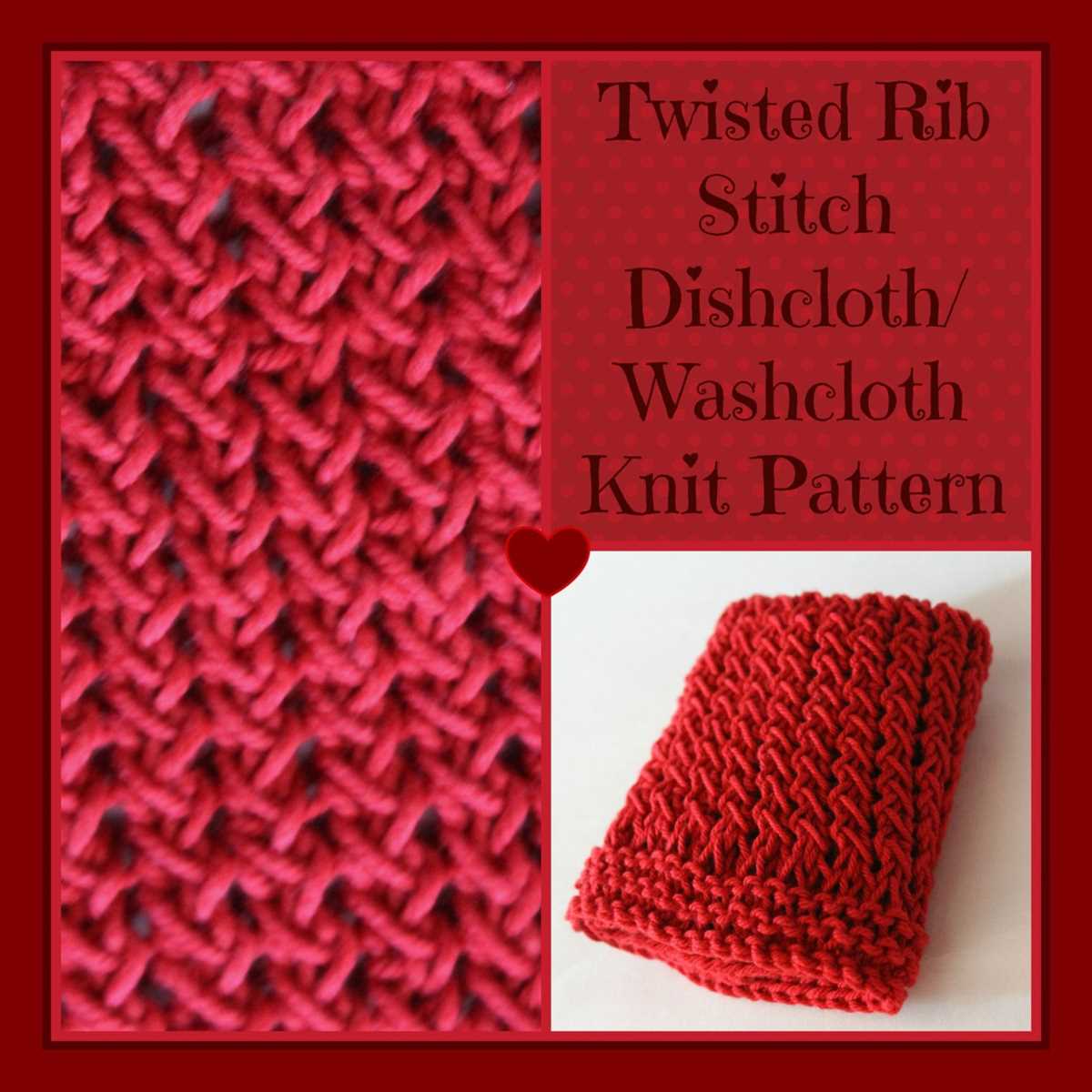
If you’re new to knitting dishcloths, it’s important to start with simple and easy patterns. Look for patterns that use basic stitches like knit and purl, as well as simple techniques like increases and decreases. This will help you build a strong foundation and give you confidence as you learn.
Materials: Invest in good quality knitting needles and yarn. Choose needles that are suitable for the yarn you’re using and comfortable to hold. Opt for a smooth, medium-weight yarn that will be easy to work with.
Stitch Markers: Use stitch markers to keep track of pattern repeats or to mark important sections of your dishcloth. This can be especially helpful if you’re working with a more complex pattern.
Tension: Pay attention to your tension as you knit. Tension refers to how tightly or loosely you’re holding your yarn. Consistent tension is important for achieving even stitches and preventing your dishcloth from becoming too tight or too loose.
Blocking: After completing your dishcloth, consider blocking it to give it a neater and more professional finish. Blocking involves wetting the dishcloth, gently shaping it, and allowing it to dry flat. This can help even out any uneven stitches and make your dishcloth look its best.
Practice: Knitting dishcloths is a great way to practice new skills and techniques. Don’t be afraid to try different stitch patterns or experiment with new techniques. The more you practice, the more confident you’ll become in your knitting abilities.
Online Resources: Take advantage of the wealth of free knitting resources available online. There are countless websites, blogs, and YouTube channels dedicated to knitting tutorials and patterns. These resources can be invaluable for beginners looking to expand their knitting skills and learn new techniques.
Have Fun: Most importantly, have fun with your knitting! Dishcloths are a great project for beginners because they’re small and quick to complete. Enjoy the process of selecting patterns, choosing colors, and seeing your finished dishcloths come to life. Happy knitting!
Knitting Dishcloths: Patterns for Different Skill Levels
Knitting dishcloths can be a fun and practical project for knitters of all skill levels. Whether you are a beginner or an experienced knitter, there are patterns available that will suit your level of expertise. Creating dishcloths is not only a great way to practice your knitting techniques, but it also allows you to create useful and customizable items for your kitchen.
For beginners, simple garter stitch dishcloths are a great place to start. The garter stitch is a basic knitting stitch that involves knitting every stitch on every row. This pattern is perfect for practicing your tension and getting comfortable with the knitting process. Once you feel more confident, you can experiment with different yarns and colors to create unique designs.
Intermediate knitters can explore patterns that incorporate more advanced stitches, such as seed stitch or basketweave. These patterns usually involve alternating knit and purl stitches to create textured patterns. They are a great way to further develop your knitting skills and add more visual interest to your dishcloths. These patterns can also be easily adapted to create larger projects such as washcloths or placemats.
For advanced knitters, lace or cable stitch dishcloth patterns offer a greater challenge. These intricate patterns often involve working with multiple stitches and require more attention to detail. Knitting dishcloths with lace or cable stitches can be a great way to expand your knitting repertoire and create beautifully delicate and sophisticated designs.
No matter your skill level, there is a knitting dishcloth pattern out there that will suit your abilities and challenge you to improve. Whether you prefer simple garter stitch or more complex lace patterns, knitting dishcloths allows you to practice your skills while creating useful and customizable items for your kitchen.
Exploring Different Yarn Options for Dishcloths
When it comes to knitting dishcloths, choosing the right yarn is essential. The yarn you select will determine the texture, absorbency, and durability of the finished dishcloth. There are many yarn options available that can be used for knitting dishcloths, each with its own unique characteristics.
1. Cotton Yarn: Cotton yarn is a popular choice for knitting dishcloths due to its excellent absorbency and durability. It is soft, breathable, and machine washable, making it perfect for everyday use. Cotton yarn is often available in a wide range of colors, allowing you to create vibrant and attractive dishcloths.
2. Bamboo Yarn: Bamboo yarn is another great option for knitting dishcloths. It has natural antibacterial properties, which help prevent the growth of odor-causing bacteria. Bamboo yarn is also incredibly soft and silky, making it a pleasure to work with. However, it may be a bit less absorbent than cotton yarn.
3. Linen Yarn: Linen yarn is a durable and strong option for dishcloths. It is highly absorbent and has a natural resistance to bacteria, making it a hygienic choice for kitchen use. Linen yarn tends to be stiff when you first start working with it, but it softens up with use and washing.
4. Acrylic Yarn: Acrylic yarn is an affordable option for knitting dishcloths. It is durable and easy to care for, as it can be machine washed and dried. However, acrylic yarn may not be as absorbent as natural fibers like cotton or bamboo. It is available in a wide range of colors and is often used for creating dishcloths with intricate patterns.
5. Hemp Yarn: Hemp yarn is a natural and eco-friendly option for knitting dishcloths. It is highly absorbent and durable, making it perfect for scrubbing away tough stains and grime. Hemp yarn is also antimicrobial and resistant to mold and mildew. However, it can be a bit rough and may require some breaking in before it becomes soft.
When choosing yarn for knitting dishcloths, consider the qualities you value most, such as absorbency, durability, and texture. Experimenting with different yarn options can help you find the perfect yarn for your dishcloth projects.
How to Customize Your Dishcloths with Colorwork
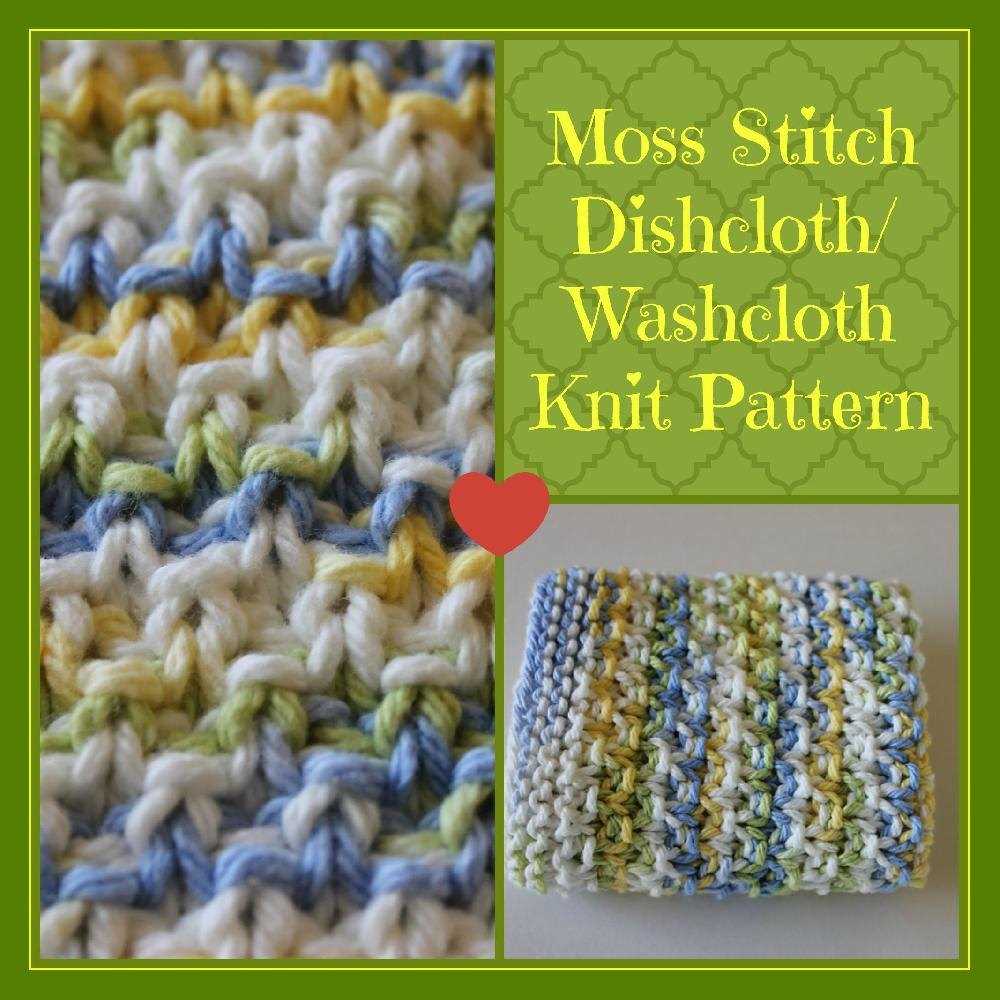
One way to make your knitted dishcloths stand out and personalize them is by incorporating colorwork into your design. Colorwork involves using different colors of yarn to create patterns or motifs within your knitting. It adds visual interest and can elevate your dishcloth from a simple, functional item to a unique and attractive piece.
Here are a few tips on how to customize your dishcloths with colorwork:
1. Choose your color palette
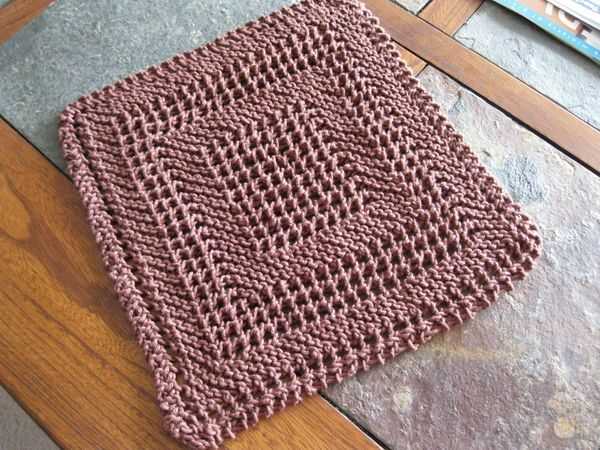
Start by selecting the colors you want to use in your dishcloth. Consider the overall aesthetic you want to achieve and how the colors will work together. You can choose contrasting colors for a bold look or opt for a more subtle effect with complementary or analogous shades. Experiment with different combinations until you find the perfect color palette.
2. Pick a colorwork technique
There are various colorwork techniques you can use to add patterns to your dishcloths, such as stranded knitting, intarsia, or slip stitch colorwork. Each technique has its own unique look and level of difficulty, so choose one that matches your skill level and desired design.
3. Plan your design
Before you start knitting, plan out the design you want to incorporate into your dishcloth. Sketch it out on paper or use an online charting tool to visualize how the colors will be placed and how the pattern will repeat. This will help you determine the number of stitches and rows needed for each section of your design.
4. Practice tension and gauge
Colorwork can sometimes affect your tension and gauge, so it’s important to practice and make adjustments before diving into your actual project. Knit a swatch using the same yarn and needles you plan to use for your dishcloth, and pay attention to how your stitches and tension change when working with multiple colors. This will help you ensure that your final dishcloth turns out the way you envision.
5. Have fun with it!
Most importantly, have fun with your colorwork dishcloth project. Experiment with different patterns, try out new techniques, and embrace the creativity that colorwork allows. Making your own dishcloths is a great opportunity to showcase your personal style and add a touch of artistry to your everyday kitchen essentials. Enjoy the process and take pride in your unique creations.
Add Texture to Knit Dishcloths
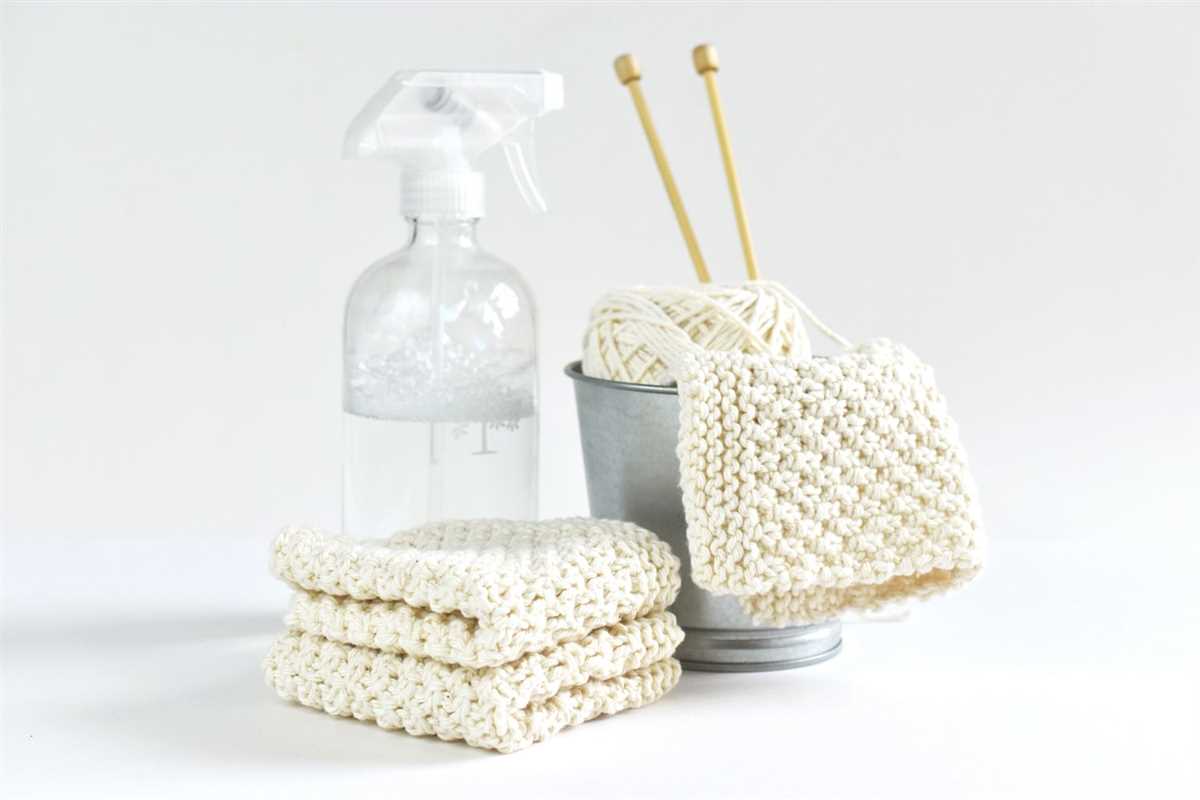
Knitting dishcloths is a great way to practice your knitting skills and create useful, reusable items for your kitchen. While the basic garter stitch pattern is simple and versatile, adding texture to your dishcloths can take them to the next level. Texture not only adds visual interest but also enhances the functionality of the dishcloths, making them more effective at scrubbing and cleaning.
One way to add texture to your knit dishcloths is by using different stitch patterns. For example, you can incorporate seed stitch, which alternates knit and purl stitches in a grid pattern. This stitch creates a bumpy texture that is great for scrubbing. Another option is the moss stitch, which is similar to seed stitch but creates a smaller, more compact texture. Cable stitches can also be used to add texture, creating raised designs that are both decorative and functional.
Here are some free stitch patterns to try:
- Garter Stitch
- Seed Stitch
- Moss Stitch
- Diagonal Rib Stitch
- Cable Stitch
Another way to add texture to your dishcloths is by using different types of yarn. Consider using a textured or novelty yarn, such as boucle or chenille, to create a unique texture. The uneven loops of boucle yarn or the soft, plush texture of chenille can add an extra dimension to your dishcloths, making them more enjoyable to use.
When adding texture to your dishcloths, keep in mind the intended purpose of the item. Texture that creates a bumpy or raised surface may be more suitable for scrubbing purposes, while softer, smoother textures may be better for gentle cleaning or drying. Experiment with different stitch patterns and yarns to find the perfect combination of texture and functionality for your knit dishcloths!
Knitting Dishcloths for Specific Purposes: Scrubbing and Absorption
When it comes to knitting dishcloths, there are different patterns and techniques that you can use to achieve specific purposes. Whether you want a dishcloth for scrubbing away tough stains or one that has excellent absorbency, there are designs available to meet your needs.
Scrubby Dishcloths
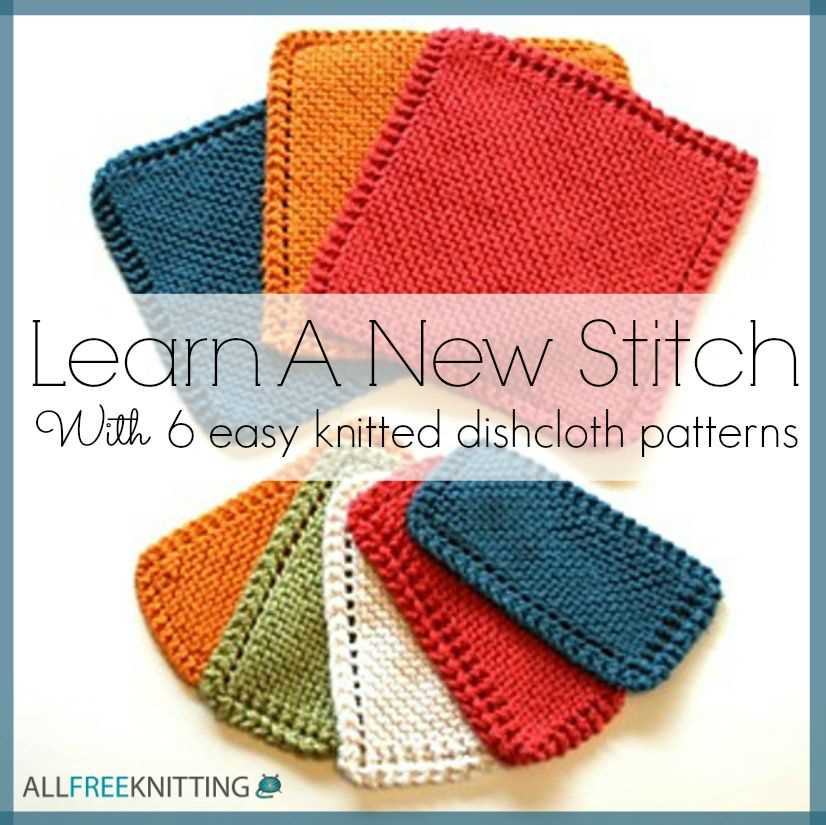
For those tough stains and baked-on grime, scrubby dishcloths are the way to go. These dishcloths are designed with textured stitches that create a rough surface, perfect for tackling stubborn dirt. The raised stitches help to lift away grease and grime, making them ideal for scrubbing pots, pans, and even countertops. Consider using patterns that incorporate techniques such as seed stitch, twisted rib, or moss stitch to achieve the desired scrubbing effect.
Seed Stitch Dishcloth: This pattern alternates knit and purl stitches to create a bumpy texture that is great for scrubbing. The raised bumps created by the seed stitch help to scrub away those tough stains.
Twisted Rib Dishcloth: Using twisted stitches in a ribbed pattern gives this dishcloth a rough texture that is perfect for scrubbing away grime. The twists create an extra grip, making it easier to scrub stubborn stains.
Absorbent Dishcloths
When it comes to drying dishes or wiping up spills, absorbent dishcloths are essential. These dishcloths are designed with stitches and patterns that maximize their ability to soak up liquids. Consider using patterns that incorporate techniques such as the waffle stitch, basketweave stitch, or garter stitch to achieve excellent absorbency.
Waffle Stitch Dishcloth: The waffle stitch creates a textured fabric with square indentations, allowing the dishcloth to hold more water. The thick fabric of this dishcloth makes it perfect for absorbing spills and drying dishes efficiently.
Basketweave Stitch Dishcloth: This pattern creates a woven texture, which increases the surface area of the fabric. This increased surface area helps the dishcloth to absorb more liquid, making it the perfect choice for drying dishes or cleaning up spills.
In conclusion, knitting dishcloths for specific purposes, such as scrubbing and absorption, allows you to customize your cleaning tools to suit your needs. By using patterns and techniques that incorporate textured stitches or maximize absorbency, you can create dishcloths that are highly effective in their intended use. So whether you’re dealing with tough stains or need a dishcloth that can quickly soak up spills, there is a knitting pattern out there that will meet your needs.
Creative Ways to Use Knitted Dishcloths in Your Home
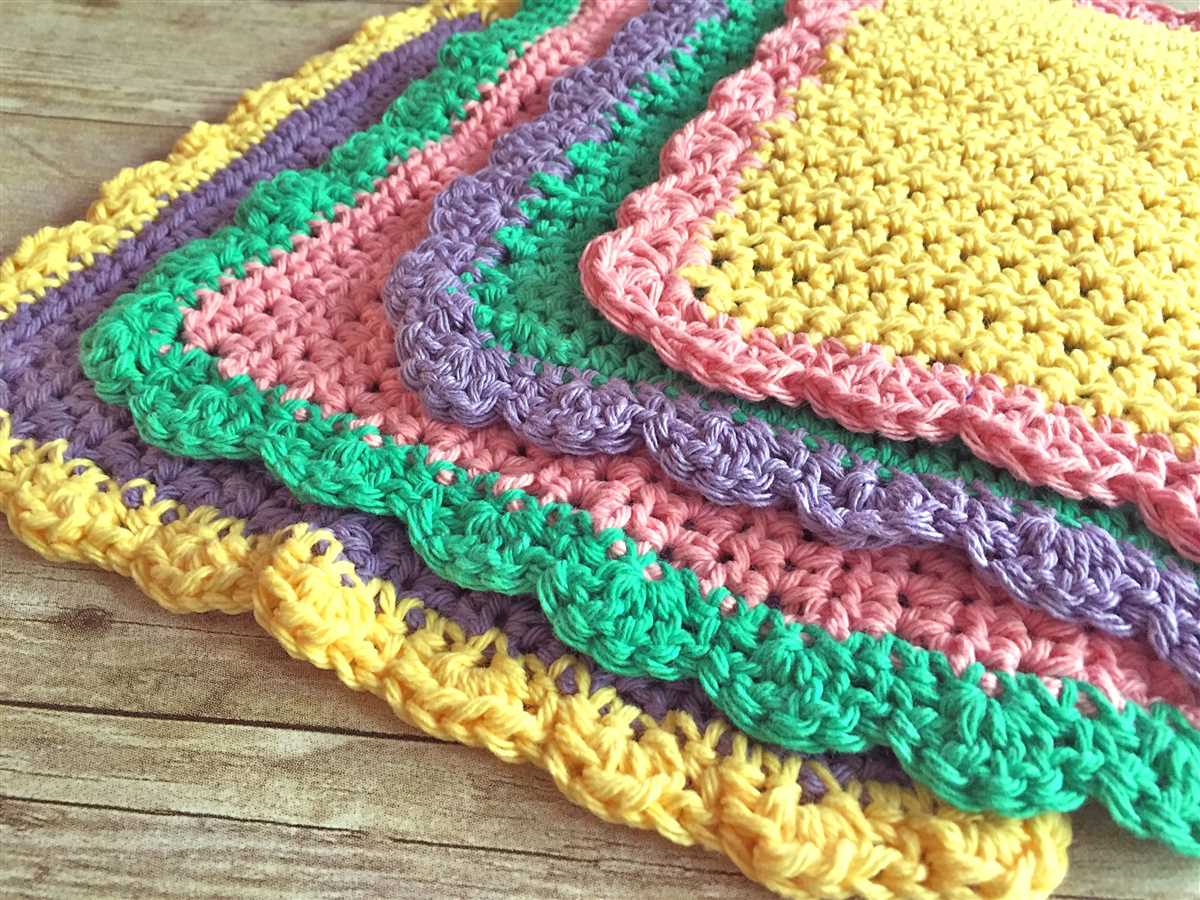
Knitted dishcloths are not just for the kitchen sink anymore! These versatile and practical items can be used in a variety of creative ways throughout your home. Whether you’ve made them yourself or received them as a gift, here are some ideas on how to incorporate knitted dishcloths into your everyday life:
1. Bathroom Accessories
Add a touch of charm to your bathroom by using knitted dishcloths as washcloths or hand towels. Their soft texture will provide a gentle cleanse, and they can easily be tossed in the washing machine when needed. You can even knit a few in different colors to match your bathroom decor.
2. Table Decor
Elevate your table settings by using knitted dishcloths as placemats or coasters. The textured stitches and vibrant colors will add visual interest to your dining area. Plus, they can be easily cleaned and reused for your next meal.
3. Cleaning Helpers
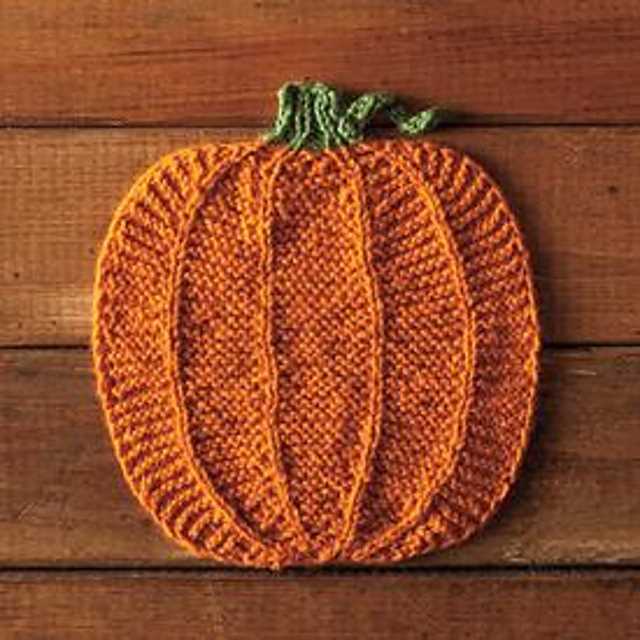
Knitted dishcloths are excellent for tackling household cleaning tasks. Their absorbent nature makes them ideal for wiping down surfaces, while the textured stitches provide gentle scrubbing power. They can be used on countertops, appliances, and even for dusting furniture.
4. Pet Accessories

Your furry friends can benefit from knitted dishcloths too! Use them as pet towels to dry off your pets after a bath or a rainy walk. The softness of the cloth will be gentle on their fur, and you can easily toss them in the wash to keep them clean.
5. Gift Wrapping
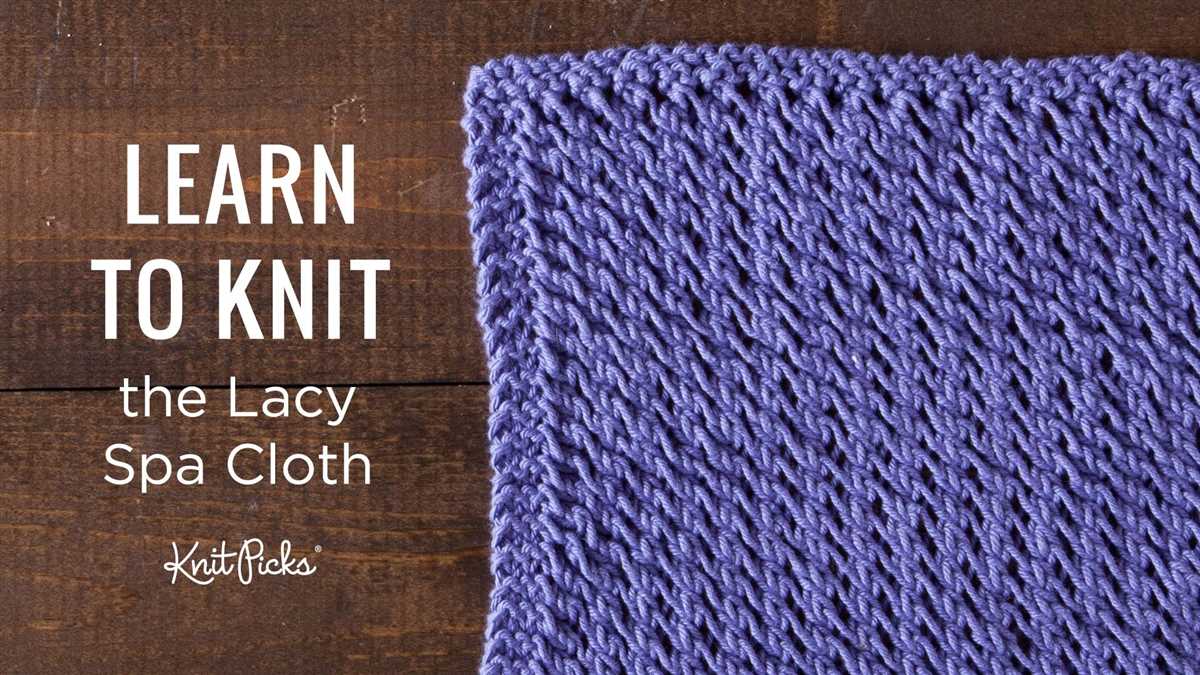
Instead of using traditional gift wrapping paper, consider using knitted dishcloths to wrap small gifts. This adds a unique and personal touch to your presents, and the recipient can then reuse the dishcloth in their daily life.
With these creative ideas, you can maximize the use of your knitted dishcloths and add a cozy and homemade touch to different areas of your home. So, grab your needles and start knitting more dishcloths for both practical and decorative purposes!
Care and Maintenance of Knitted Dishcloths
Knitted dishcloths are a great addition to any kitchen, but they require proper care and maintenance to ensure their longevity and effectiveness. Here are some tips to help you care for and maintain your knitted dishcloths:
- Wash regularly: It is important to wash your knitted dishcloths regularly to keep them clean and free from bacteria. Simply toss them in the washing machine with your regular laundry and use a mild detergent. Avoid using fabric softeners as they can reduce the absorbency of the dishcloths.
- Air dry: After washing, it is best to air dry your knitted dishcloths. Spread them out on a flat surface or hang them over a drying rack. Avoid using a dryer as the heat can cause the dishcloths to shrink or lose their shape.
- Store properly: When not in use, make sure to store your knitted dishcloths in a dry place. Avoid leaving them in a damp sink or countertop as this can lead to mold and mildew growth. Consider designating a specific area or container for your dishcloths to keep them organized and protected.
- Replace when necessary: Over time, knitted dishcloths can become worn out or stained. If you notice any holes, fraying, or discoloration that cannot be removed, it is time to replace the dishcloth. Continuing to use damaged dishcloths can be unhygienic and less effective in cleaning.
By following these care and maintenance tips, you can keep your knitted dishcloths in good condition and ensure their longevity. Regular washing, proper drying, and appropriate storage will help to maintain their cleanliness and effectiveness. Remember to replace them when necessary to ensure optimal cleaning performance. With the right care, your knitted dishcloths will continue to be a valuable tool in your kitchen for a long time to come.